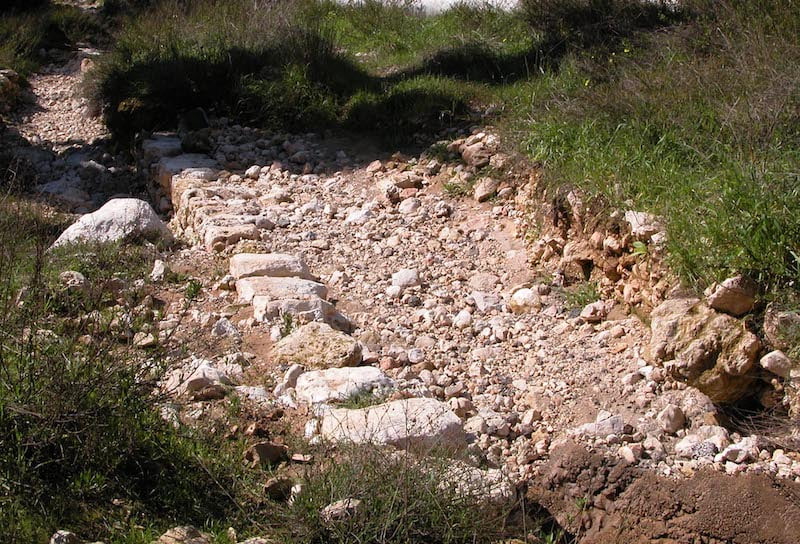DAILY REFLECTION
Liturgical readings are available here.
Unlike in other stories, where the disciples go to the tomb searching for Jesus, Luke’s Gospel has Jesus going after the disciples on their way to Emmaus. Jesus opens the Scriptures to them and thus predisposes them for recognizing him at the breaking of the bread.
There might have been a characteristic way of Jesus breaking bread, but much more seems to be involved here. Breaking of bread is a Lucan expression for Eucharistic meal. In fact, this account is similar to the description of the last supper. Luke wants the reader to understand that this is a Eucharistic action and that’s where Jesus is recognized.
By the time Luke is writing, several decades have passed since the events and the readers of the gospel might be reflecting nostalgically that a half-century earlier there were people fortunate enough to have seen the risen Jesus.
Luke is reporting that those who were in that enviable situation and saw him, could not truly know Jesus until the Scriptures were expounded and they recognized him in the Eucharistic meal.
The Christians of Luke’s time had the same means of knowing the Lord and so have Christians ever since: Scripture and Eucharist are the main components of our liturgy where we encounter Jesus in faith; the past generations were not more privileged than we are.


